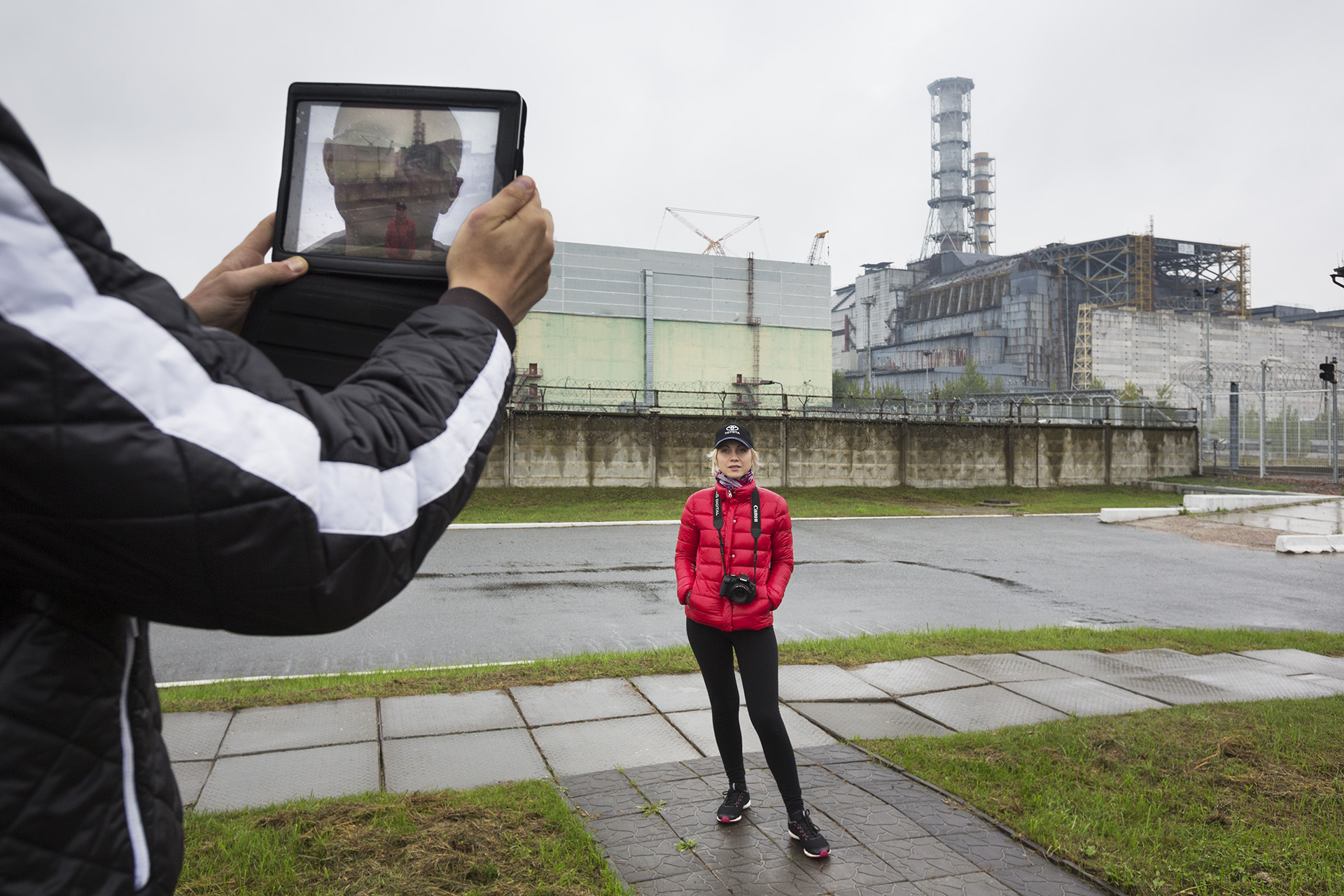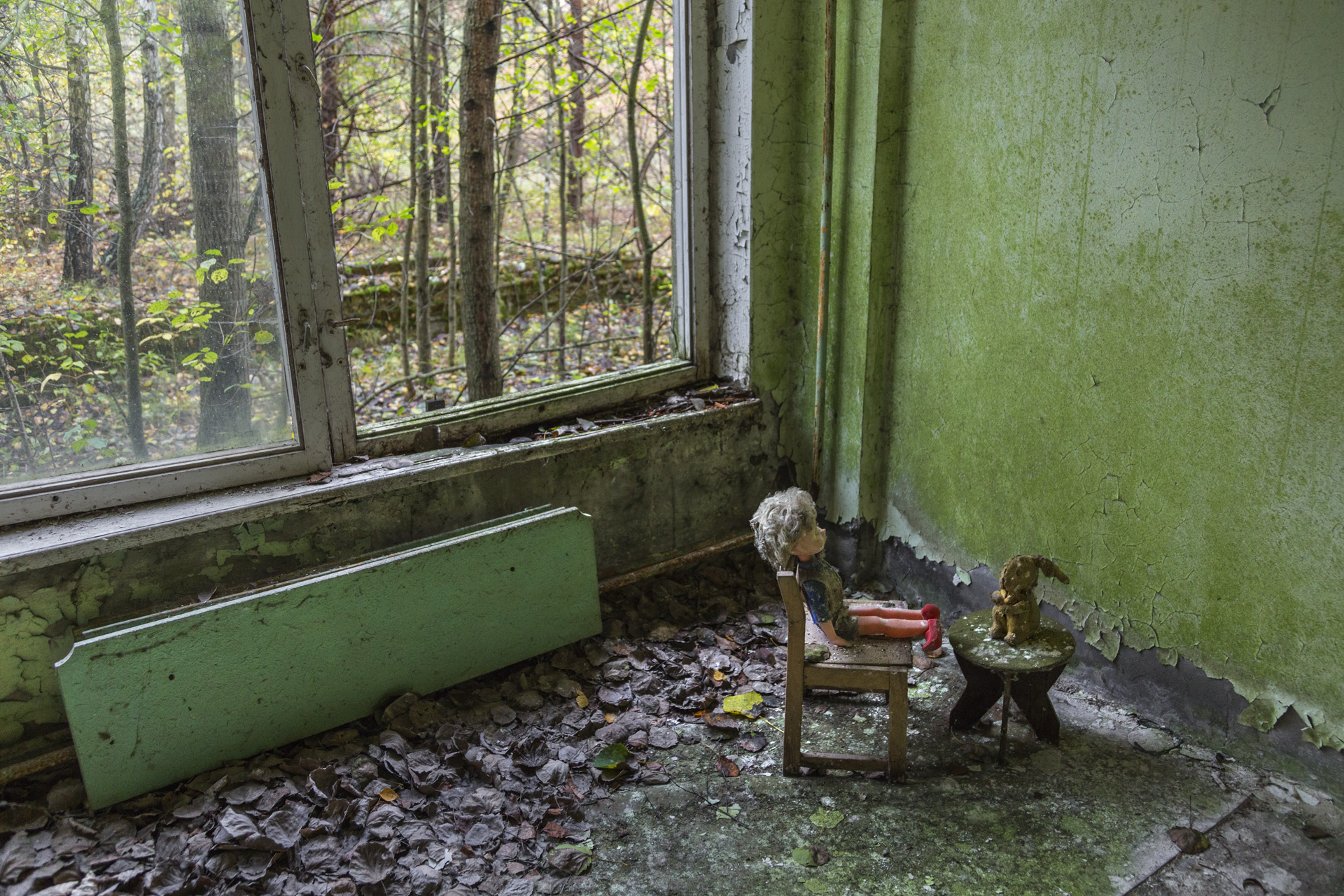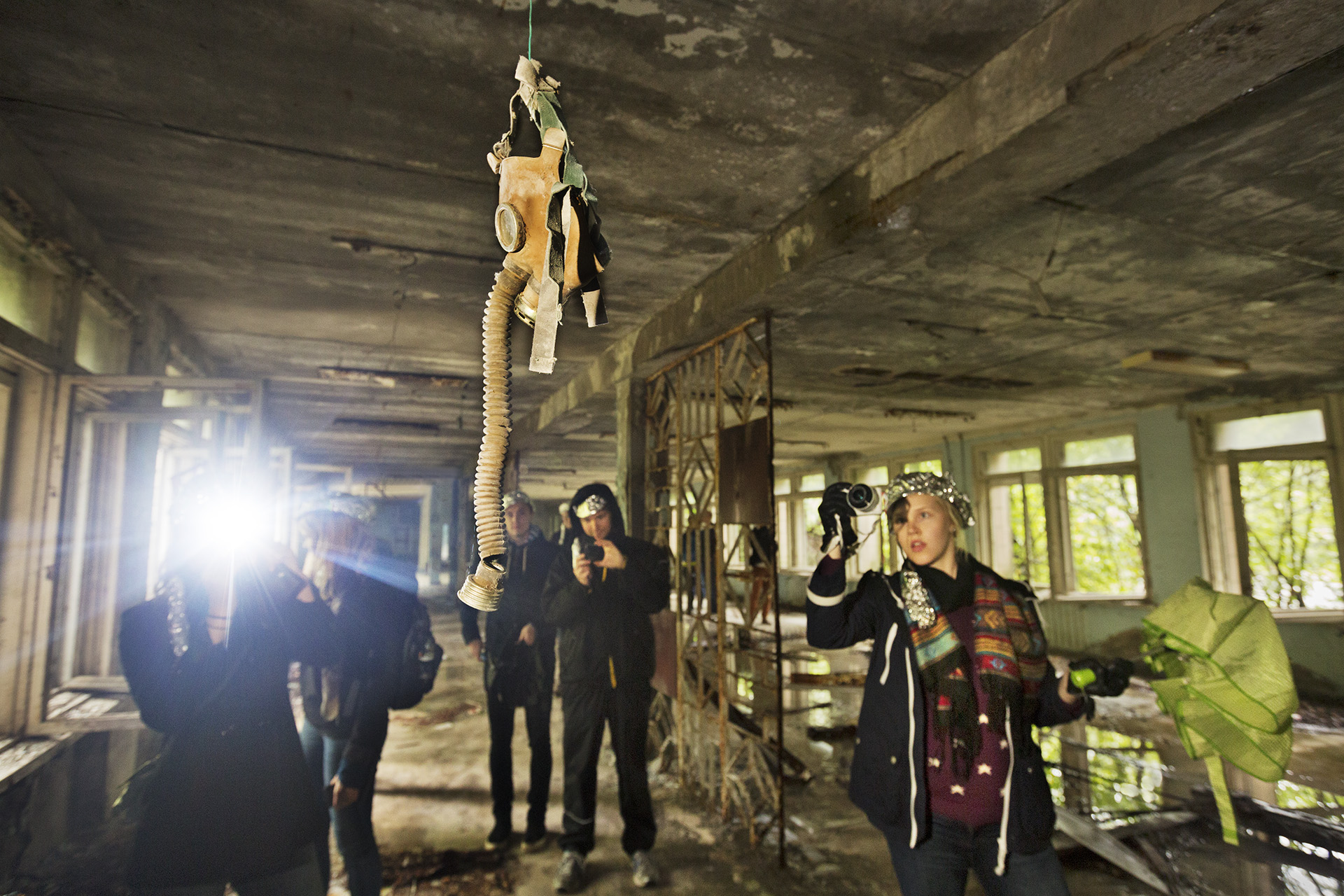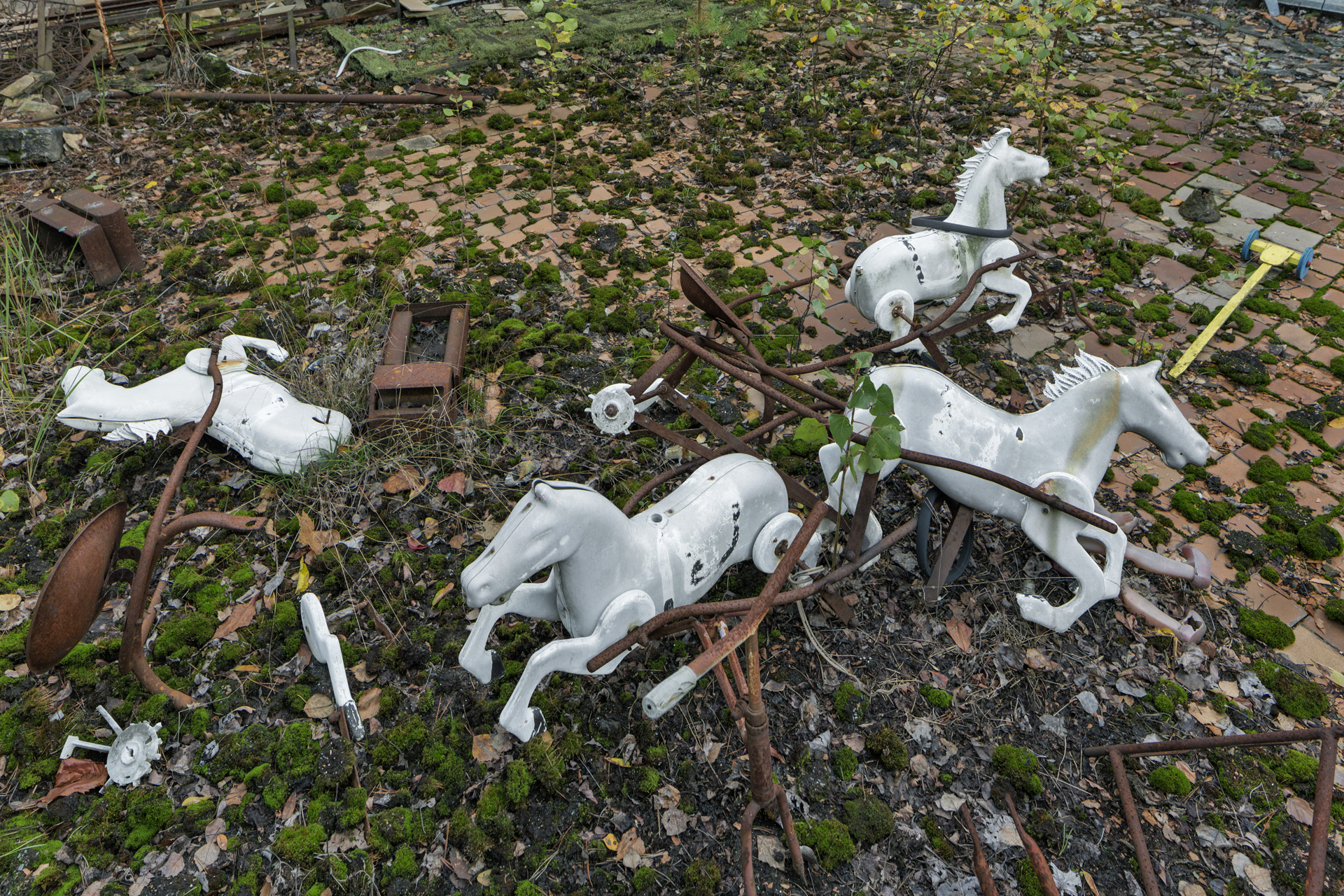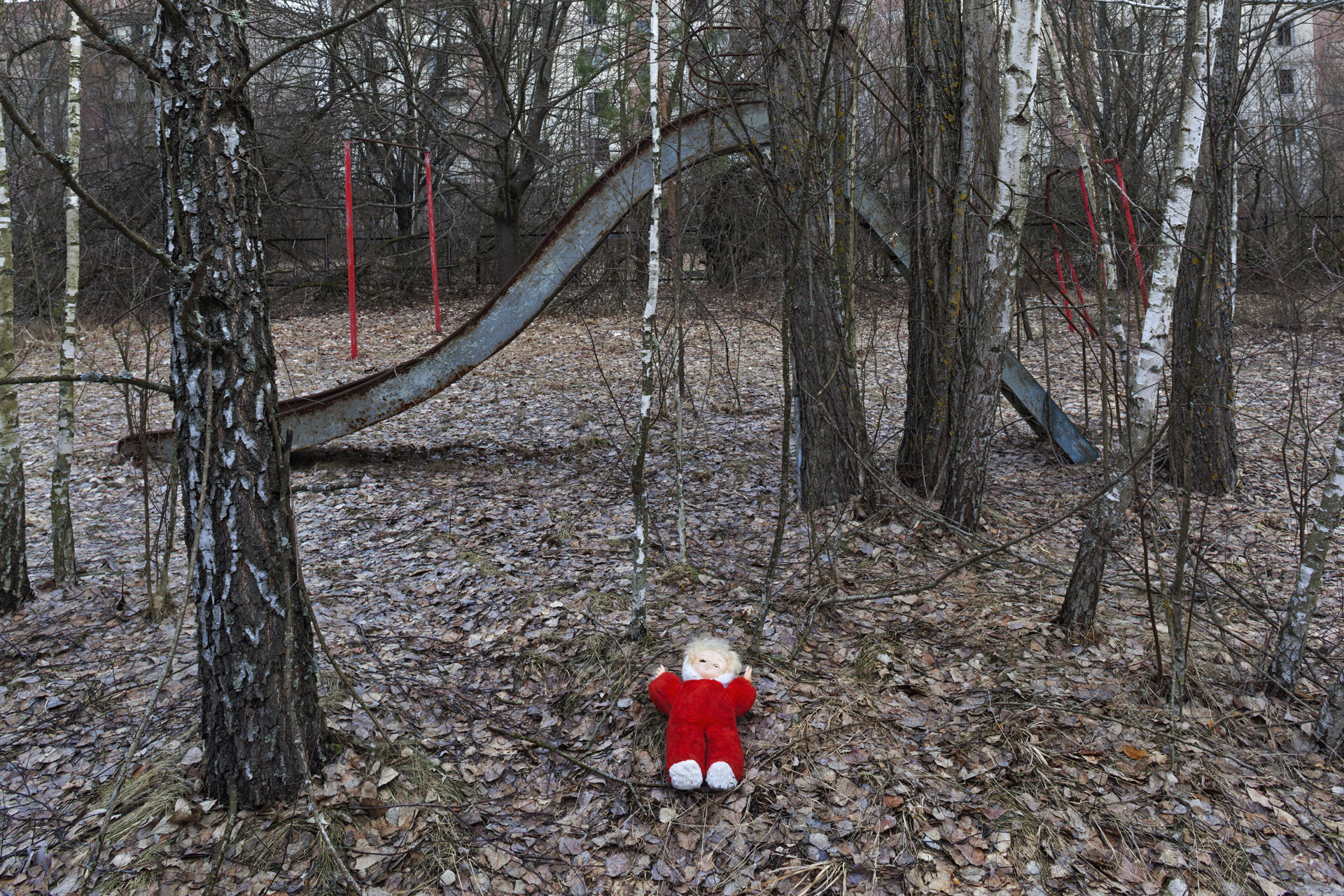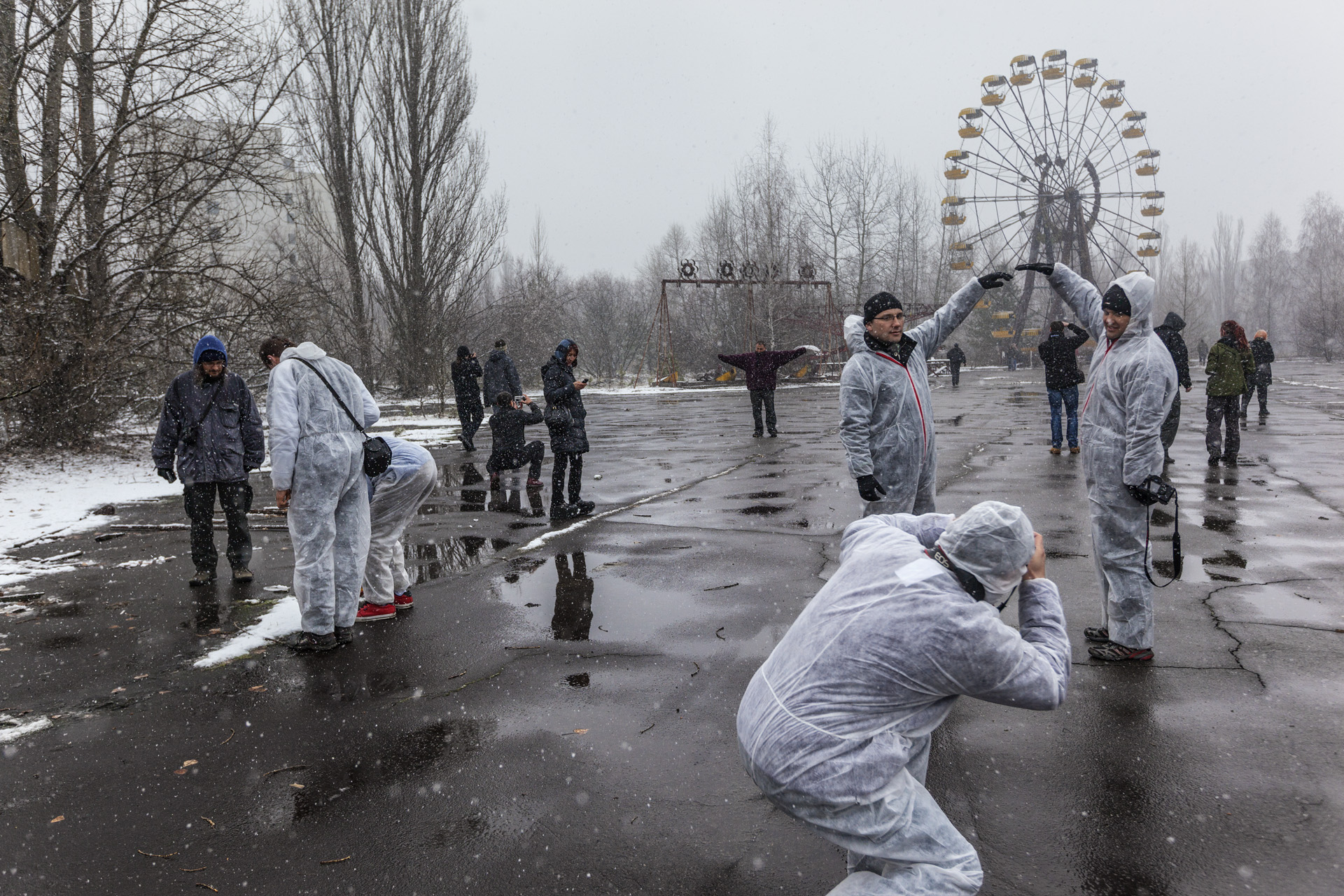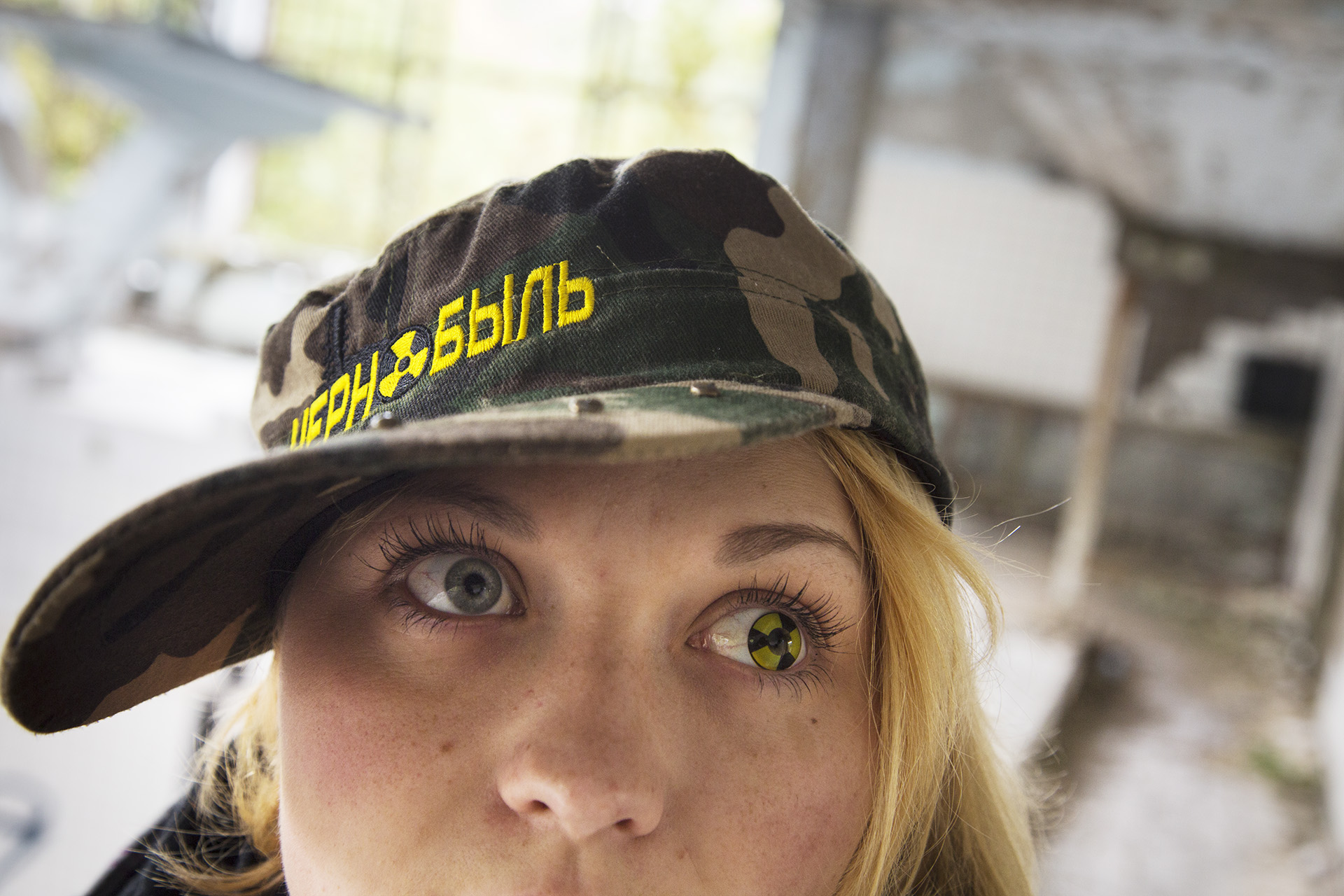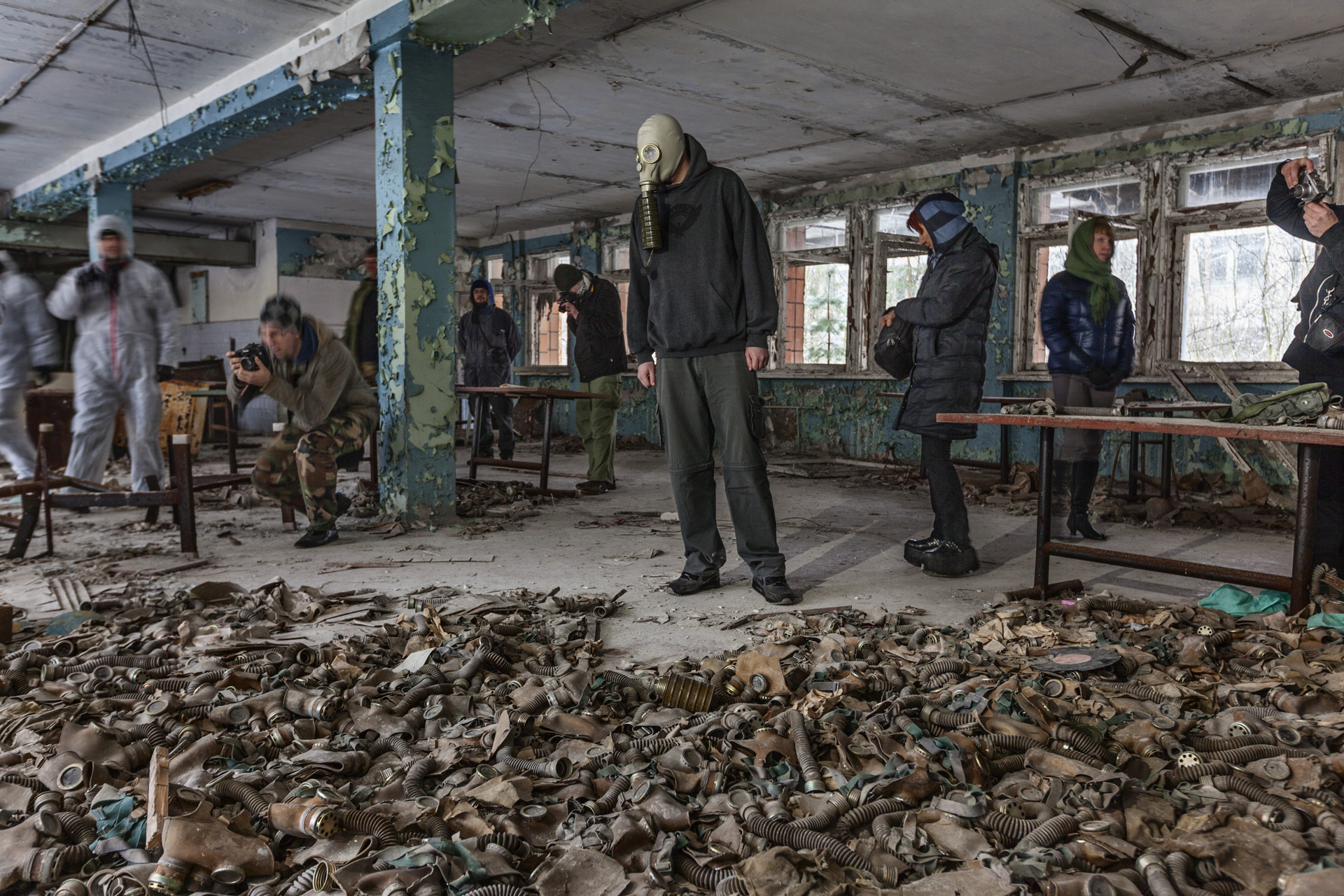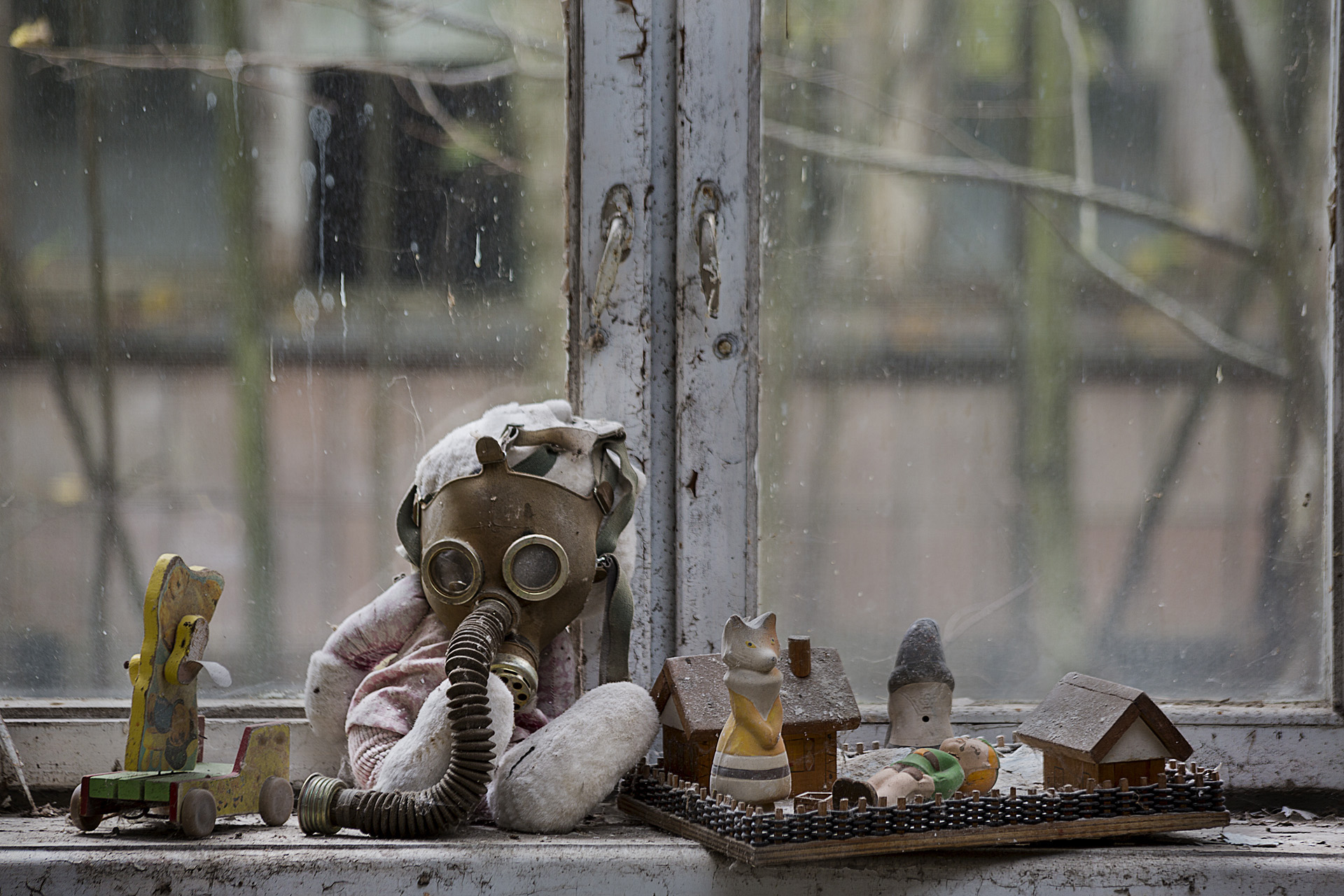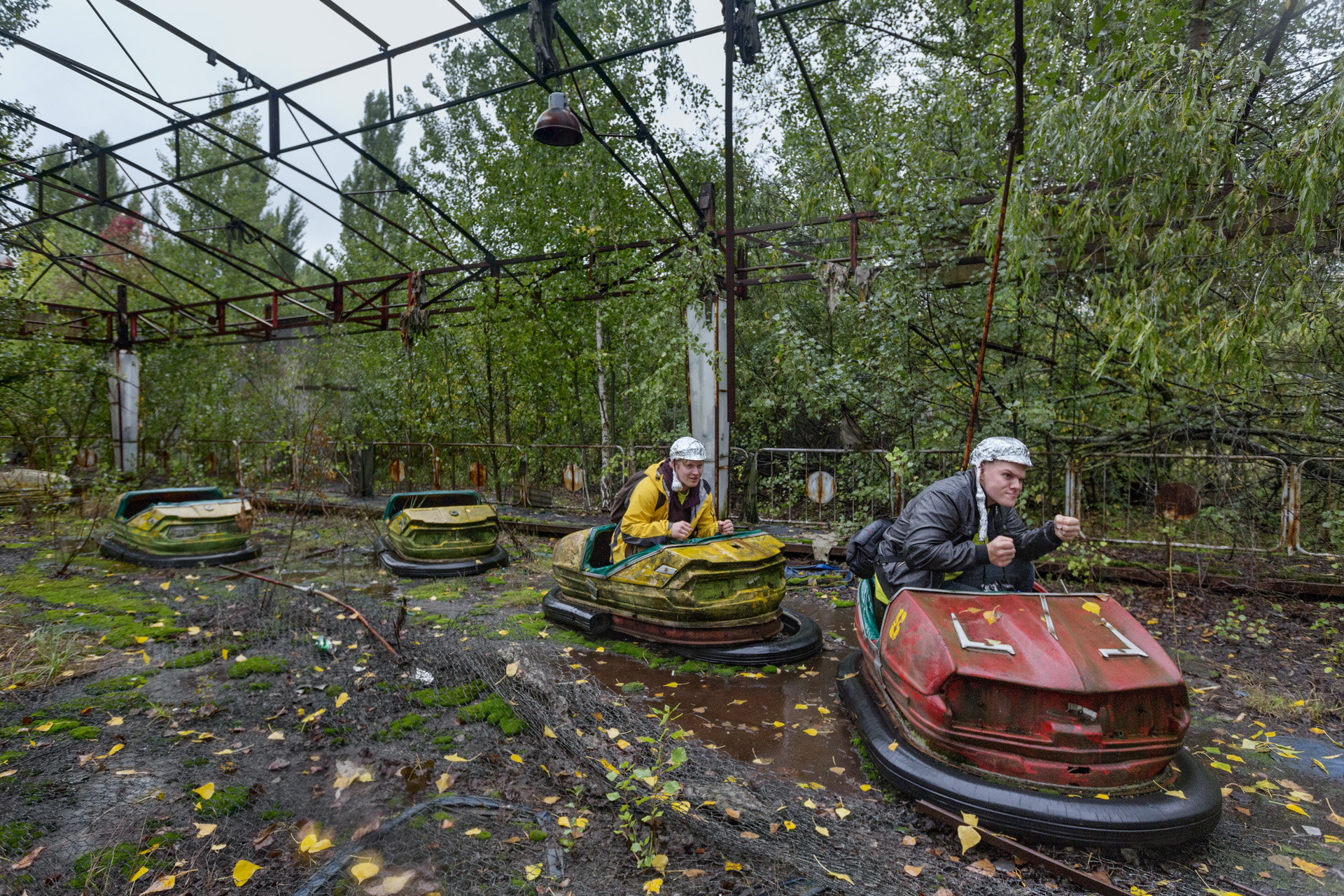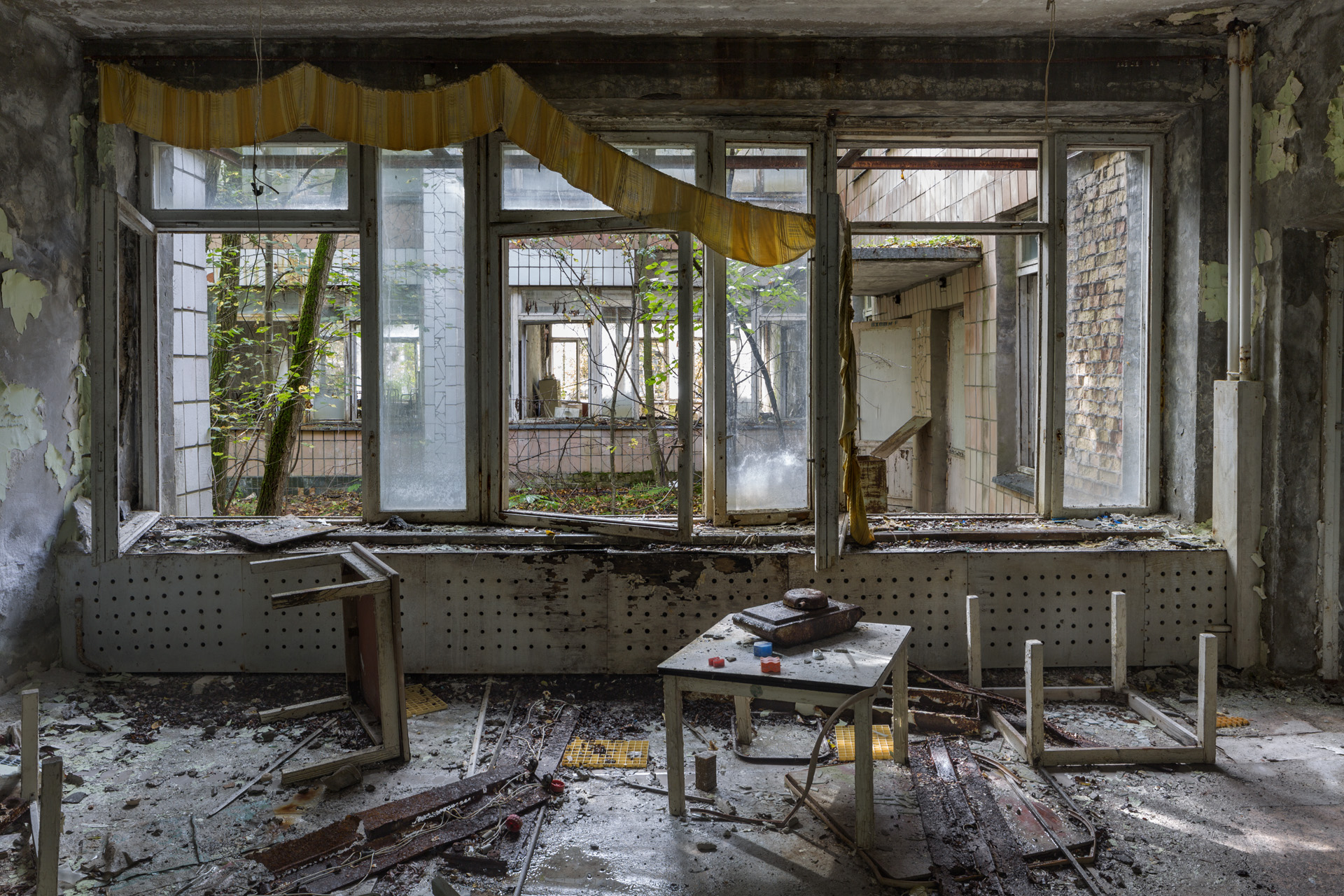While television audiences watch the nightly news of the unfolding nuclear tragedy in Japan, others are experiencing the aftermath of nuclear disaster firsthand. They are traveling to the Chernobyl Exclusion zone – as tourists.
Until now, few groups have had the chance to visit Chernobyl and its contaminated surroundings. But on the eve of the 25th anniversary of the world worst nuclear accident to date, the Ukrainian government legalized such tours and hopes for one million visitors to the zone in 2012. The first tours are already underway.
Visitors’ paperwork gets inspected at the Dityatki checkpoint before moving on to the Monument to the Firefighters in Chernobyl, erected to honor those killed by the nuclear disaster. Two plant workers died immediately in the blast and another 28 workers and firemen soon succumbed to radiation poisoning, and thousands more have died of cancer. Geiger counters sound an eerie concert when tours continue to the failed reactor where radiation is still so high that guides ask visitors to stay on the paved paths “as radiation is substantially higher on the grassy ground”.
The most arresting attraction, however, is the ghost town of Pripyat less than 3km from the failed reactor. In 1970 it was constructed for the plant’s personal. Once a beautiful town, its 50,000 inhabitants were evacuated 36 hours after the accident. Visitors get to wander through the debris-strewn corridors and empty classrooms of one of its biggest schools. Hundreds of discarded gas masks litter the floor of the canteen. In a kindergarten children’s cots are littered with shreds of mattresses and pillows and in a gymnasium floors rot and paint peels.
But during the 25 years following the accident, scavengers have removed many items that were of any use. And now tourism is leaving its own mark: Pripyat less and less bears witness to the hasty departure of the former residents. Instead, there are many signs of the visitors’ need to simplify the message, – most noticeably the doll, neatly arranged next to a gas mask has become the standard motif.

